WTW (NASDAQ: WTW) and the University of Cambridge’s Centre for Risk Studies today unveiled a revolutionary Airport Risk Index (ARI). For the first time, the world’s airports will be able to introduce new risk profiling methods to future proof their resilience planning.
Presented to global airport executives at the annual WTW Airport Risk Community (ARC) conference held in Lisbon, the index compares 110 of the world’s busiest airports by passenger volumes, against 19 identified threats.
The Index offers airports the ability to interrogate their existing and future assumptions on risk exposure. It combines historical and predictive analysis, to determine the levels of probability and impact of operational disruption on an airport’s profitability.
John Rooley, CEO Global Aerospace, confirmed the value delivered by ARI: “In line with our WTW data-led strategy, we‘re driving change across the aviation eco-system. This Index will deliver new perspectives and challenge how industry measures and manages risk.”
Dr Trevor Maynard, Director of Systemic Risk Research, Centre for Risk Studies, Cambridge Judge Business School endorsed this view, “The Centre for Risk Studies at Cambridge Judge Business School and WTW collaborated to create this index which will empower leaders in the aviation world, through data-driven insights, to inform risk resilience.”
Hélène Galy, Director WTW Research Network, highlighted the value of science-based partnerships that sit at the core of ARI: “Understanding risk and driving resilience are still best met working in partnerships and embracing the talents of people across the globe. This is where our long-term investment in research partnerships proves invaluable, bringing the latest science to our clients”
Ultimately, with the Airport Risk Index framework, airports will be able to reassure governments, regulators, investors, insurers and business partners that they have a renewed understanding of their risks and the necessary mitigation strategies.

